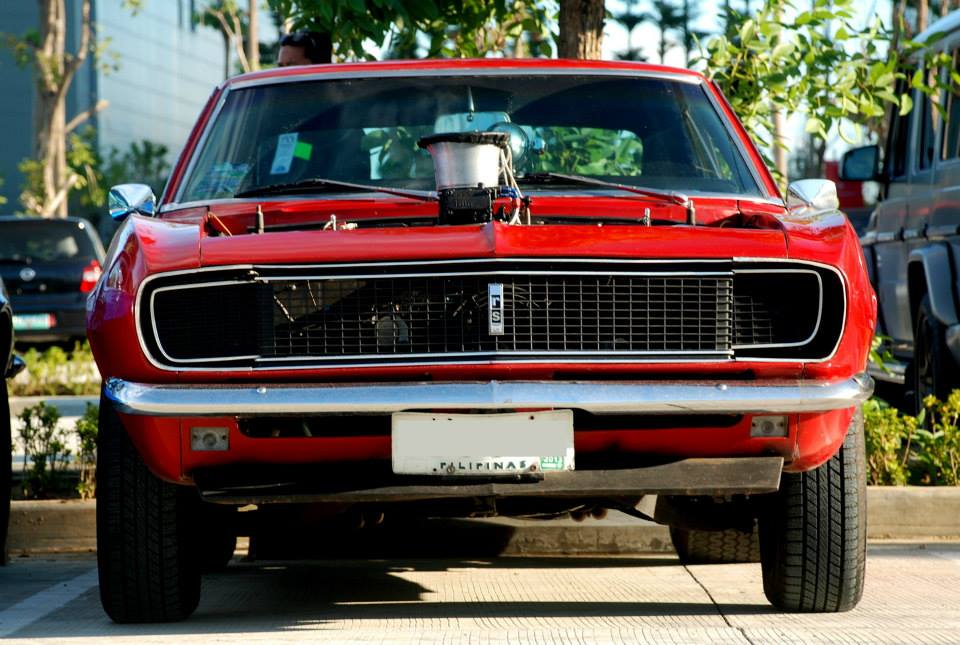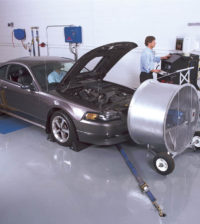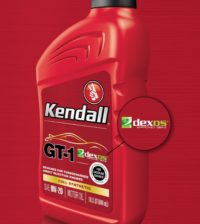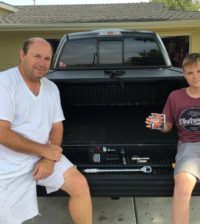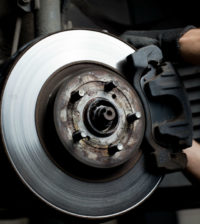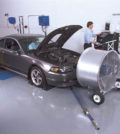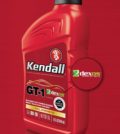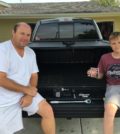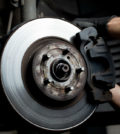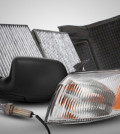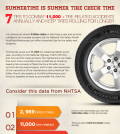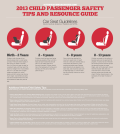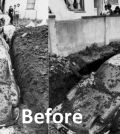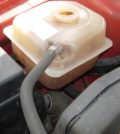- Summertime is Summer Tire Check Time: 7 Tips To Combat 11,000+ Tire-Related Accidents Annually — and Keep Tires Rolling for Longer
- 10 DIY Tips to Add Years to a Vehicle’s Life & Minimize Expensive Repairs
- Defensive Driving Tips to Avoid Costly Repairs As Wintery Driving Conditions Continue to Plague Roads
- AutoPartsWarehouse.com 2013 Child Passenger Safety Tips and Resource Guide
- Top Five Parts to Make Your Vehicle More Fuel Efficient
Six Things You Need to Know About Yutivo Camaros
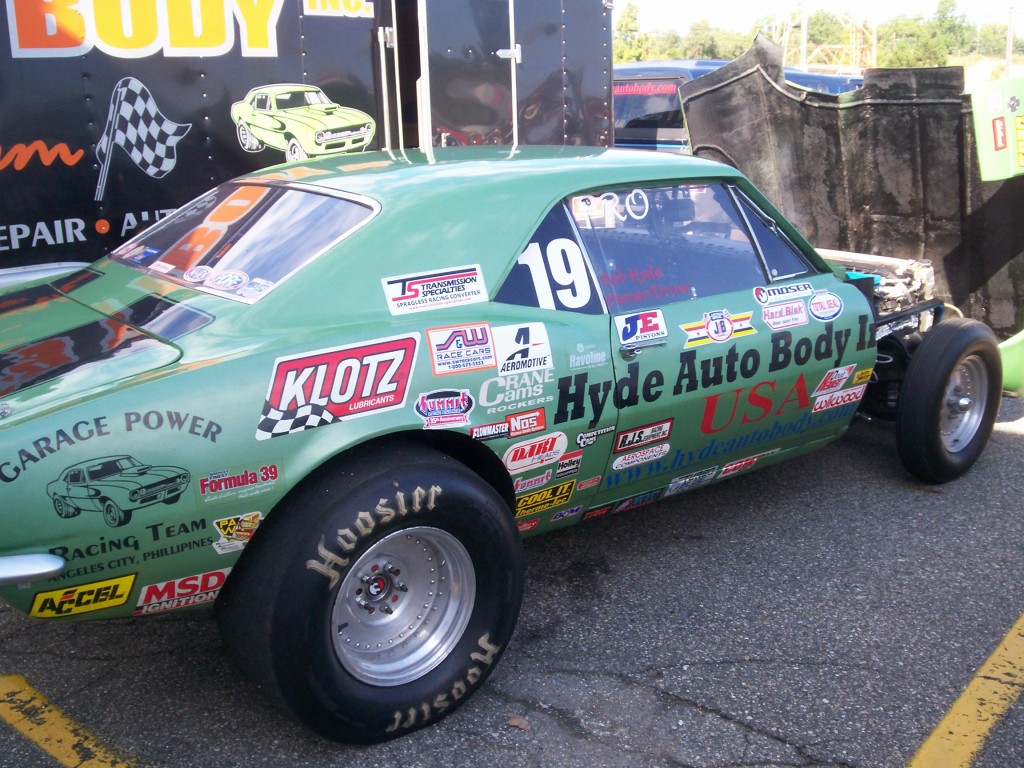
Source: www.69pace.com
The first generation Chevrolet Camaro was built in huge numbers in Chevy’s Norwood and Van Nuys plants. While these two plants account for 219,706 of 220,906 Camaro units classified as 1967 to 1969 models, the remaining number ended up being built outside the US. A good number of these Camaros were assembled in the Yutivo Sons Hardware Co. in Manila, Philippines. These units are rare and most are getting V8 transplants. Here are six things you need to know about the Yutivo Camaro.
1. The Chevy 250 ci inline six engine was the only engine option
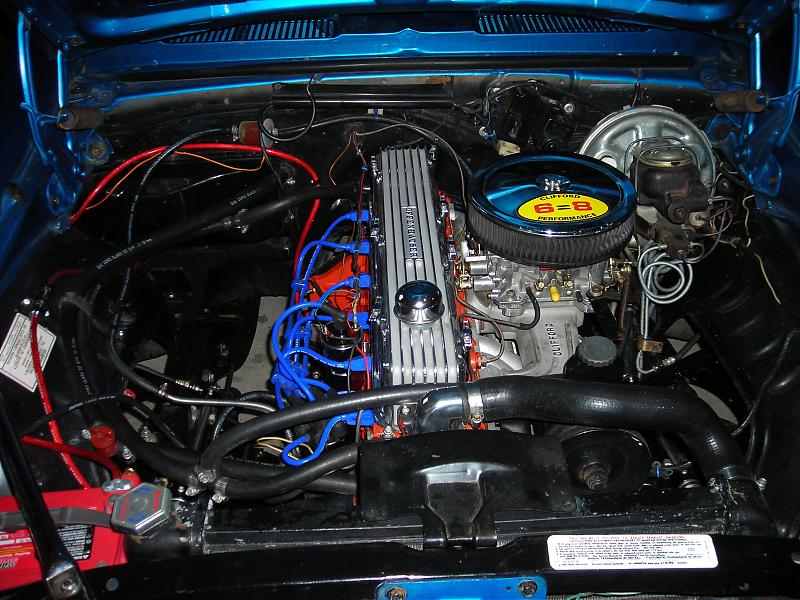
Source: http://musclecarsph.fr.yuku.com
This was a bummer for owners with a heavy right foot. The Yutivo Camaro only came with a low-compression 250 ci inline six heart (Chevy L90) because of emission restrictions in the Philippines. With that set-up, the engine can only make as much as 155 horses and 235 ft lbs of torque.
2. You could only choose between a 2-speed automatic or a 3-speed manual
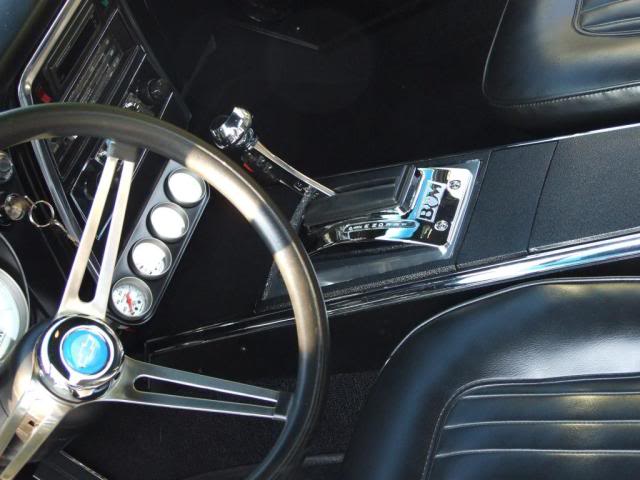
Source: www.photobucket.com
The Yutivo Camaro had limited trim options. For its transmission, customers had to choose between the 2-speed Powerglide automatic transmission and the Saginaw M15 three-speed transmission options.
3. Enthusiasts found a way to drop in bigger engines right away
There were exceptions of course. For select owners, they were able to import V8s as spare parts then install it as soon as it arrived in the Philippines. This also meant doing modifications on the suspension, rear end, and transmission. Popular Chevy V8s during that time include small block 327s and 350s, and big block 427s. These blocks are also the same engines found in Chevrolet Corvettes. This practice continues until today, making a running Yutivo Camaro with its original 250 ci engine even rarer.
4. The Rally Sport trim came in standard
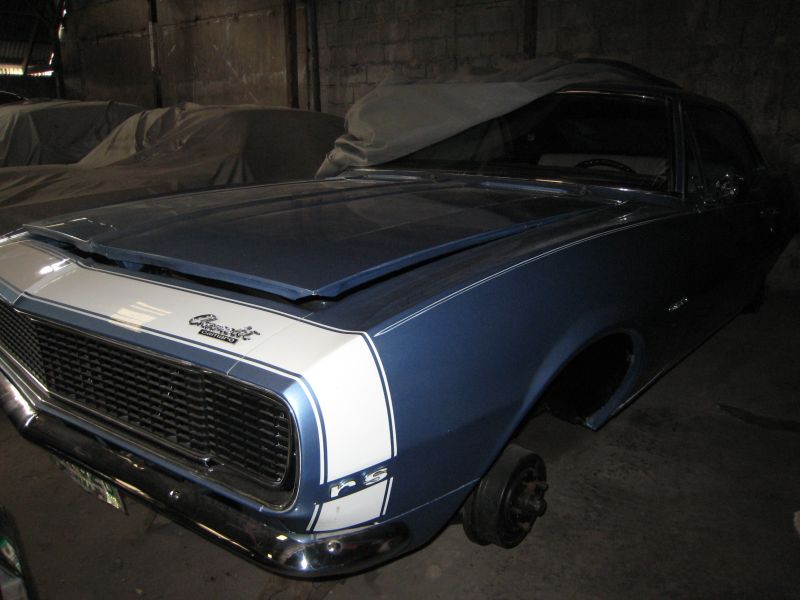
Source: www.69pace.com
The Rally Sport package for the 1967 to 1969 Camaros consisted of hideaway headlights, revised taillights, relocated back-up lights (under the bumper), and RS badges. This came in as a standard option for the first generation Chevrolet Camaros that came out from the Yutivo plant.
5. One way to spot a Yutivo is if it has a KPH speedometer
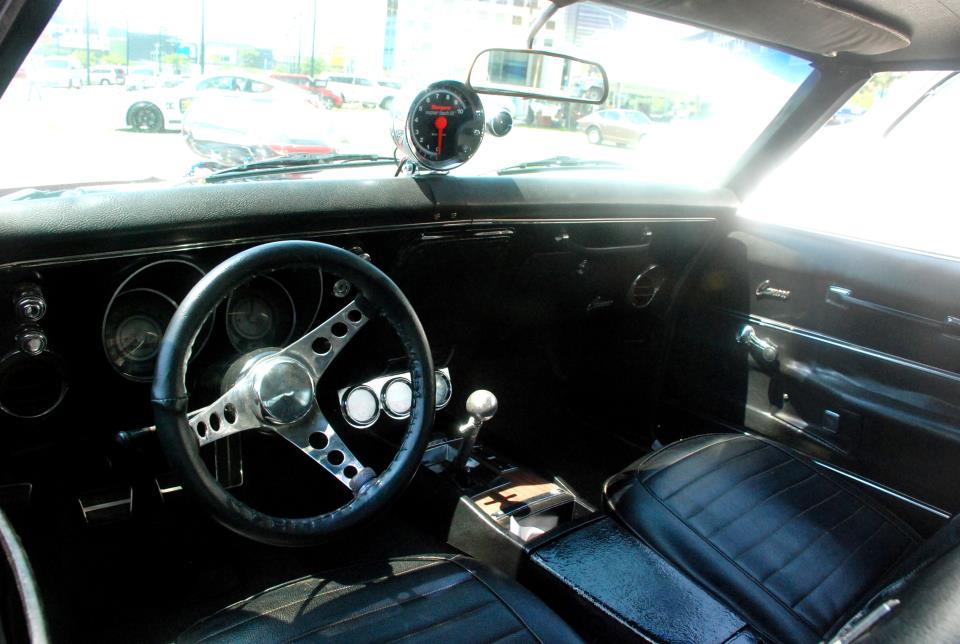
Source: www.muscle-cars-philippines.com
If the dashboard of the Yutivo Camaro has been left intact, chances are it is still equipped with the original KPH speedometer.
6. Looking for the Y in its VIN tag is the best chance to verify a Yutivo Camaro
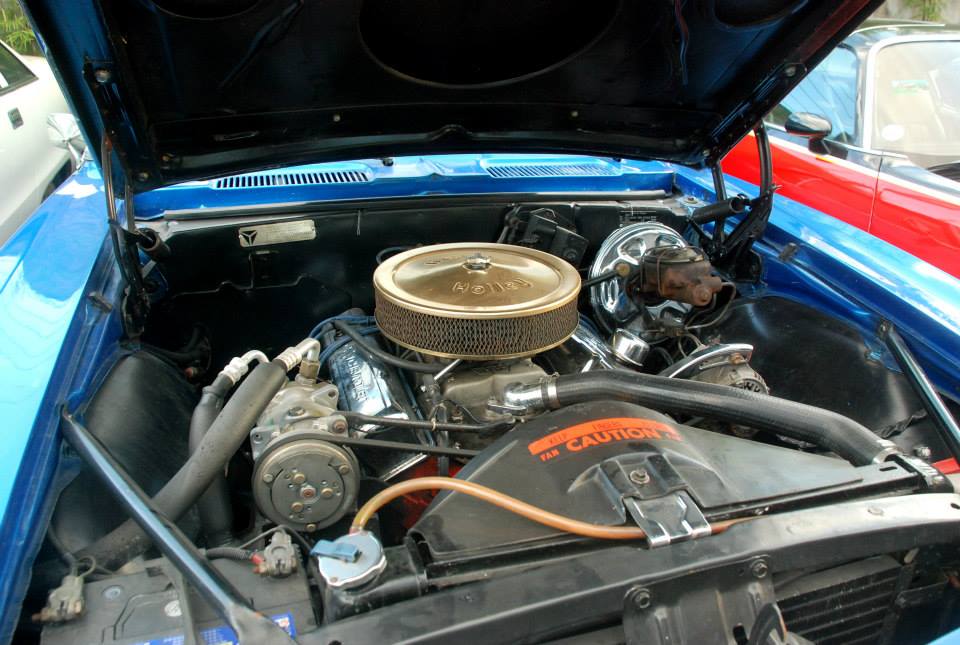
Source: www.muscle-cars-philippines.com
The best way to determine the legitimacy of a Yutivo Camaro is by checking its VIN tag. It should be placed on the firewall at the passenger side. Its sequence has to be as follows:
First digit: 1 for Chevrolet
Second digit: 2 for Camaro
Third digit: 3 or 5 for the inline six engine
Fourth and fifth digit: 37 for sport coupe or 67 convertible
Sixth digit: 7 for 1967, 8 for 1968, or 9 for 1969
Seventh character: Y for the Yutivo assembly plant

Source: www.69pace.com
The succeeding digits would be the Camaro’s sequential production number, and you’re good to go. Happy hunting!

